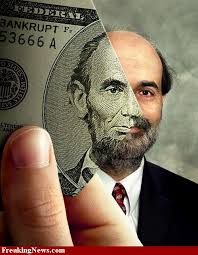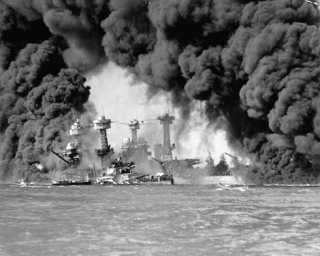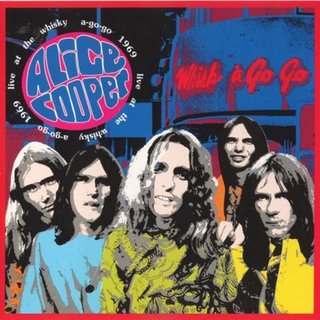Facts About Valley Forge
“To see men without clothes to cover their nakedness, without blankets to lie upon, without shoes … without a house or hut to cover them until those could be built, and submitting without a murmur, is a proof of patience and obedience which, in my opinion, can scarcely be paralleled.”
-George Washington at Valley Forge,
April 21, 1778
-
g the winter of of 1777-1778 the prospect of more fighting during the war for Independence, was not possible because of the weather, and the poor condition of Washington’s troops. They had fought their last battle of 1777 at White Marsh, and he had decided to rest his troops at a relatively safe and secure position at Valley Forge.
- Named for an iron forge on Valley Creek, the area was close enough to the British to keep their raiding and foraging parties out of the interior of Pennsylvania, yet far enough away to halt the threat of British surprise attacks.
- The poorly fed, ill-equipped army, weary from long marches, struggled into Valley Forge, and the winds blew cold, as the 12,000 Continentals prepared for winter’s fury.
- The first properly constructed hut appeared in three days. Within six weeks, more than a thousand huts were finished to provide shelter for the rag-tag army. But everything thing else, food, clothing, shoes, and medicines were left wanting.
- Because of the harsh conditions, and lack of supplies, it is hardly remembered that over 2000 men died, without a shot being fired.
- Disease at Valley Forge was rampant. Sanitary conditions in the 18th Century were very poor. Small pox, typhoid or typhus (known as putrid fever), pneumonia, and dysentery were some.
-
Most of the troops were inoculated for small pox at Valley Forge, but these men were usually on an inactive status because they were quarantined.
- It is a little known fact, that more Americans died during this winter, than at the battles of Brandywine and Germantown combined.
- It is also a little known fact, that over 5000 Americans of African descent served in Washington’s army. African American men were active members on the battlefield, a mixture of freed and enslaved men who took up arms.
- After the war had ended, a resolution passed by Congress in 1779 decreed that any enslaved man serving with the Continental Army, upon the termination of their service, would be a freed man. And while a majority of men of African descent were freed, a large portion of them were not.
- Also not widely known is the fact that a great number of Native Americans from the Oneida Indian Nation in particular had a crucial impact during the Valley Forge encampment.
- Washington’s troops were the most racially integrated of any American army fielded, up until Vietnam.
- So severe were conditions at times that Washington despaired that the army might have to be disbanded, and every man let go to forage for himself. But with the help of men like General Christopher Ludwig, Friedich Von Steuben, Henry Knox, and a host of Camp followers that consisted of the families, wives, children, mothers, and sisters of the soldiers, who were continually trying to help and raise the morale of Washington’s men, the army survived.
-
On June 19 1778, after training all winter and their ordeal finally over, they left Valley Forge to pursue the British, and continue the war for Independence.
- One of Valley Forge’s first tourist attractions was the historic house now called Washington’s Headquarters, dedicated in 1879 by the Centennial and Memorial Association of Valley Forge.
- One of the earliest people to come as a tourist (and write about the experience) was John Fanning Watson who visited in 1828.
- The Commonwealth of Pennsylvania established its first state park at Valley Forge in 1893.
- Valley Forge became a National Park in 1976, for the Bicentennial.
Special thanks to authorsden.com and ushistory.org













































 The Mind of Adam J. Kovitz
The Mind of Adam J. Kovitz